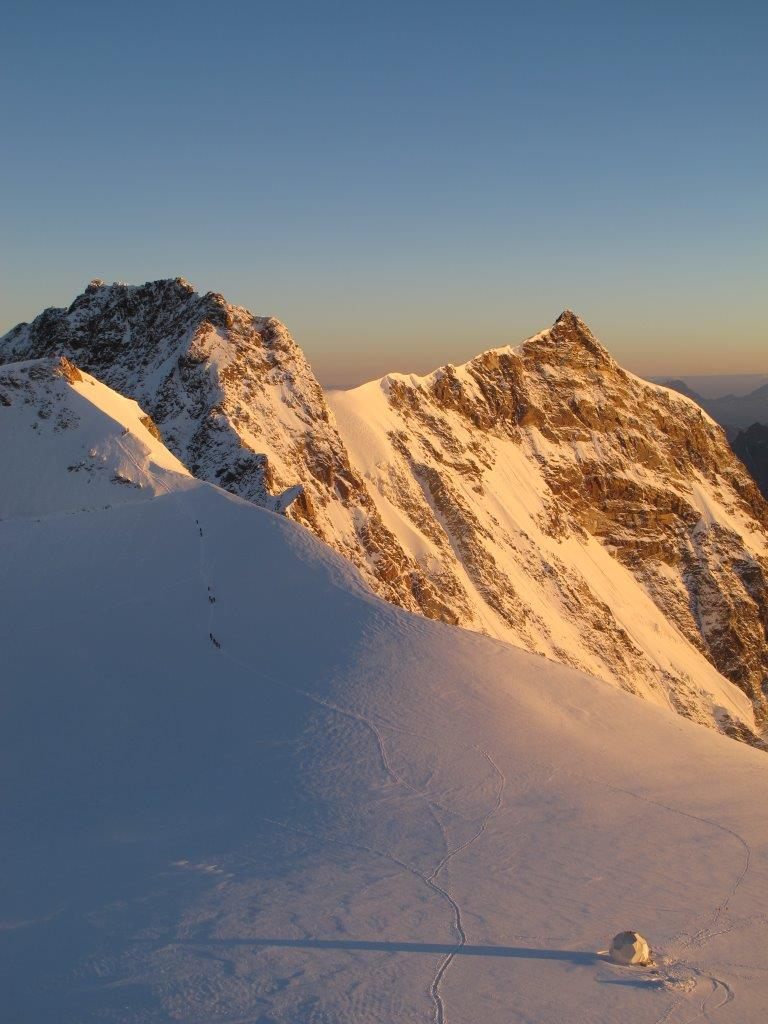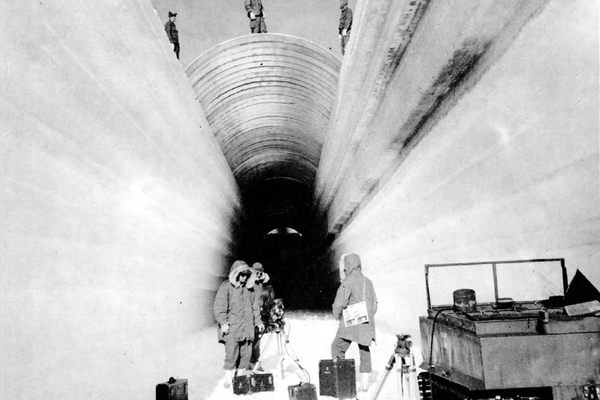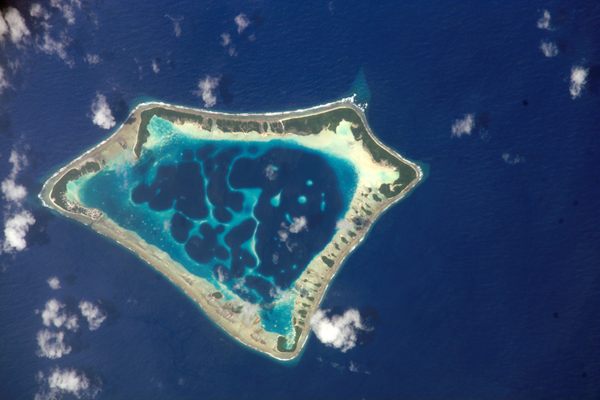Europe’s Lead Pollution Dropped to Zero Only Once in 2,000 Years
And it took nothing less than the Black Death.

Long before the factories of the Industrial Revolution started belching out black soot and carbon dioxide, humans found ways to mess up the environment. Lead mining and smelting, for example, have been fouling Europe’s air and water for about 2,000 years. And because of all those years of pollution, we don’t know what the background level of atmospheric lead—before humans started adding to it—actually was.
That’s an important data point when it comes to developing environmental and public health policy, which assumes that background levels are both greater than zero and also generally safe for humans. It was long thought that preindustrial lead levels represent this baseline, but new research suggests that it should be much, much lower. Scientists from Harvard University and the University of Maine examined an ice core taken from the Alps to determine that background level and see how atmospheric lead pollution changed over time. In 2,000 years they noticed just one large drop in lead levels—in the middle of the 14th century, when the Black Death swept through Europe. At that time, the lead concentration in the atmosphere basically dropped to zero, which should perhaps be considered the new “natural” and “safe” level of lead contamination in the air.

“In different parts of Europe, the Black Death wiped out as much as half of the population. It radically changed society in multiple ways,” said Alexander More, a historian at Harvard and a coauthor of the report, in a press release. “The mining of lead essentially stopped in major areas of production. You see this reflected in the ice core in a large drop in atmospheric lead levels, and you see it in historical records for an extended period of time.”
The researchers observed two other notable dips in lead. One came around 1460, corresponding to another epidemic. And the other, more recent, drop began in the 1970s, as a result of regulations banning lead in gasoline, among other policy changes. Hopefully it won’t take another catastrophic epidemic to bring lead levels close to zero again.
























Follow us on Twitter to get the latest on the world's hidden wonders.
Like us on Facebook to get the latest on the world's hidden wonders.
Follow us on Twitter Like us on Facebook